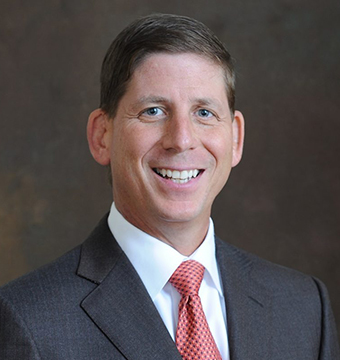While my lifelong devotion and suffering for the Cleveland Indians continues, my favorite vocal manager and the only one I follow on Twitter is Ozzie Guillen of the Chicago White Sox who was credited with the above quote when responding to questions about players, GM’s, and managers.
This blog has had many posts regarding the propensity to make up retreaded terms and concepts to come up with easy answers to complex problems in healthcare including this post 13 months ago on Medical Homes. The latest Lady Gaga is ACO’s or Accountable Care Organizations with this month’s Health Affairs offering a national implementation strategy for it.
In 1899, Charles Duell, the commissioner of the patent office at that time stated that “everything that can be invented has been invented”. I am quite sure he was talking about 21st century healthcare reform attempts.
Here are some of the features of ACO’s:
-A typical ACO would include a hospital, primary care physicians, specialists and potentially other medical professionals. Services would be billed under fee-for-service. ACO members would coordinate care for their shared medical patients. ACO’s might be instituted under different payment models.
-ACO’s are jointly held accountable for achieving measured improvements and reductions in the rate of spending growth (as opposed to relying on insurance companies to do this)
-All ACO’s would have a strong base of primary care.
–Medicare could pay ACOs with a “gainsharing” mechanism. In the gainsharing framework, the fee-for-service payment structure remains, but a portion of patient cost savings gets passed through to the physician. Likewise, cost overruns would occur at the expense of providers.
-ACO’s may involve a variety of provider configurations ranging from integrated delivery systems and primary care medical groups to hospital-based systems and virtual networks of physicians such as IPA’s.
If any of this sounds familiar, it should. Think HMO appearing as a cross dresser and you get the picture. The idea of tons of physicians working together and with hospitals, specialists supporting strong primary care as a base, and mutually driving down costs so they can share in bonuses has about as much chance at making it as Lyndon LaRouche does for our next president.
The problem with concepts such as ACO’s and P4P is that they sound better when you don’t define them and when you do, you get ambiguity, inconsistency, and meaningless drivel. Health Affairs acknowledges that the lack of common understanding about what an ACO is indeed a barrier. While there the perfunctory small demonstration that supposedly had success and the concurrent multi attempts of further pilots, when you dig deep into the details the project system design, reimbursement, definitions of quality, benchmarks, and outcome have little in common with one another. Attempts to extrapolate nothing in common with national policy implementation is akin to entering a donkey in the KY Derby.
As one of my favorite thinkers on healthcare aptly points out, even if providers treat illness well, how does this qualify them to price out risk? For that matter, how well did hospitals and other integrated systems do in HMO’s with taking on risk? How well did patients like their HMO’s? The most troublesome aspect is it further removes the individual patient from decision making and discernment of their health care dollar to include being responsible for their own health.
Retreaded ideas as saviors of healthcare won’t be die slowly. While I am sure you will see various articles in all kinds of national publications on ACO’s, be alerted that they are simply a horse of a different color.
Thoughts?
larry@physicaltherapist.com
